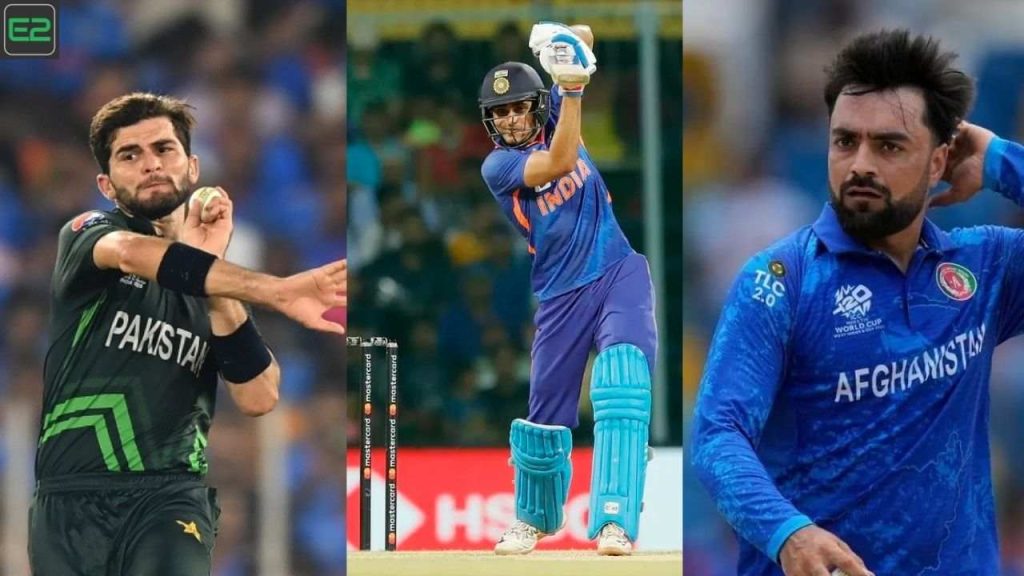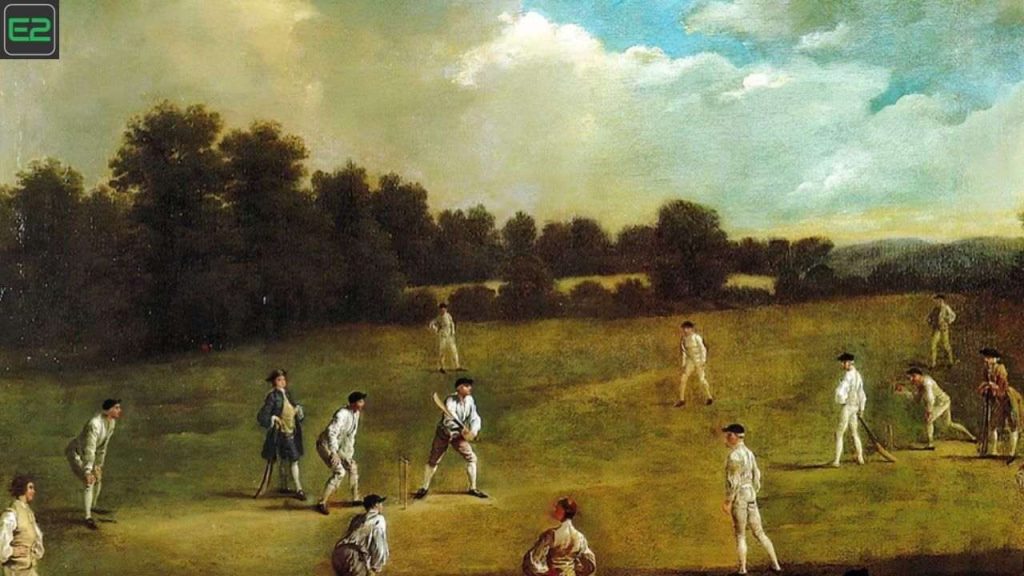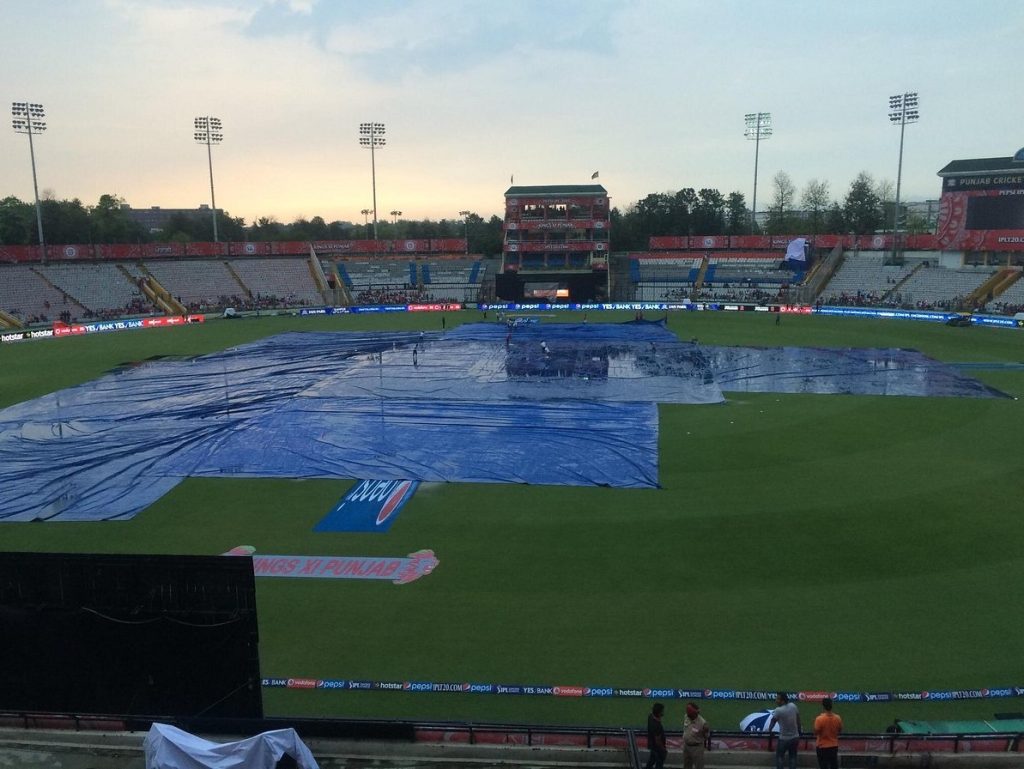
Indian: Cricket is often regarded as a game of precision, strategy, and athleticism, where every aspect of the game can influence the outcome. One of the crucial elements that impact the dynamics of the game is the size of the cricket ground. While the pitch length and dimensions are standardized, the boundary length — the perimeter of the field where the ball crosses to score runs — varies from ground to ground. In this article, we will explore the boundary lengths of major cricket grounds in India, understand how the distances are measured, and discuss the significance of boundary lengths in the context of cricket.
Introduction
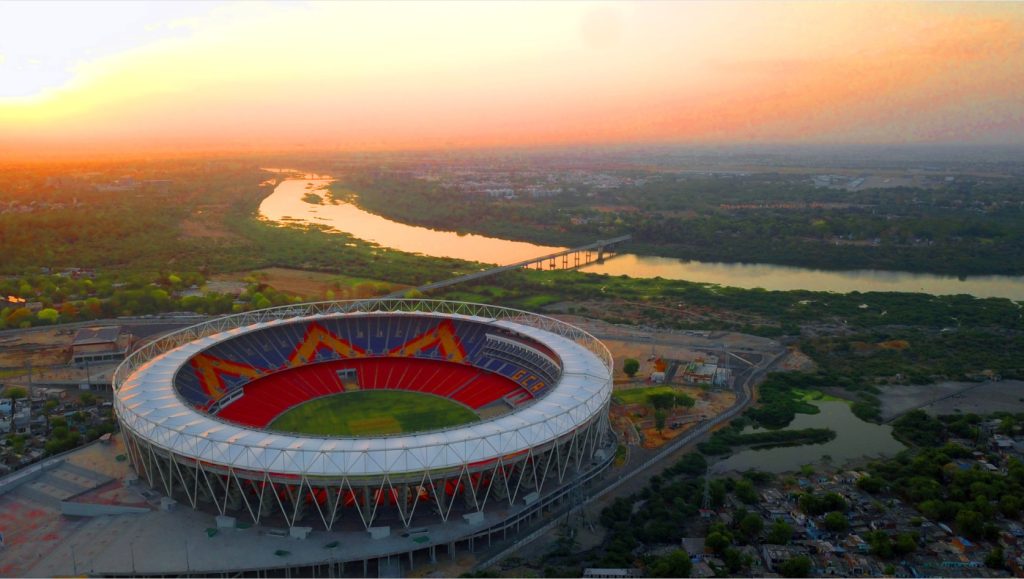
The boundary in cricket plays a pivotal role in shaping the outcome of a match, especially in formats like T20 and One-Day Internationals (ODIs). A boundary is marked by the edge of the field, and when the ball crosses this line, it results in four or six runs. The distance from the center of the pitch to the boundary can affect the number of runs scored, the strategy of batsmen, and even the morale of the players. Different grounds have unique boundary dimensions, and understanding these variations can offer a better appreciation of the game.
How Boundary Length is Measured
Indian: According to the laws of cricket, the length of the boundary is measured from the center of the pitch to the closest point on the perimeter of the field. The International Cricket Council (ICC) stipulates that the boundary should be a minimum of 55 meters for international matches, but it can extend up to 70 meters or more. The distance between the boundary and the center of the pitch can vary significantly across different stadiums.
While the boundary length is one factor that influences the match, it’s also essential to remember that the shape of the ground can affect how the boundary is set. Some grounds may have more oval-shaped or irregular boundaries, which can make certain areas of the field more challenging to field or bat in.
Boundary Length of Major Indian Cricket Grounds
India is home to several iconic cricket stadiums, each with its own unique boundary dimensions. Some grounds have shorter boundaries that favor big hitters, while others have longer ones that challenge the batsmen. Below is a detailed look at the boundary lengths of some of the most prominent cricket grounds in India:

| Stadium | City | Boundary Length (Meters) | Type of Ground |
|---|---|---|---|
| Narendra Modi Stadium | Ahmedabad | 65-70 meters | Oval-shaped |
| Eden Gardens | Kolkata | 60-70 meters | Oval-shaped |
| Wankhede Stadium | Mumbai | 55-60 meters | Circular |
| M. Chinnaswamy Stadium | Bangalore | 60-65 meters | Oval-shaped |
| Feroz Shah Kotla Ground | Delhi | 60 meters | Oval-shaped |
| Chidambaram Stadium | Chennai | 60-65 meters | Circular |
| Rajiv Gandhi Stadium | Hyderabad | 60-65 meters | Oval-shaped |
| PCA Stadium | Mohali | 65 meters | Oval-shaped |
| Sawai Mansingh Stadium | Jaipur | 55-60 meters | Oval-shaped |
| Green Park Stadium | Kanpur | 55-60 meters | Oval-shaped |
| M. A. Chidambaram Stadium | Chennai | 60-65 meters | Oval-shaped |
| Barabati Stadium | Cuttack | 55-60 meters | Oval-shaped |
1. Narendra Modi Stadium, Ahmedabad
Indian: The Narendra Modi Stadium, formerly known as the Sardar Vallabhbhai Patel Stadium, is the largest cricket stadium in the world, with a capacity of over 130,000 spectators. The boundary length at this stadium varies between 65-70 meters depending on the specific match requirements. The ground is oval-shaped, and its large dimensions offer a significant challenge for batsmen, particularly for those looking to clear the boundary consistently.

2. Eden Gardens, Kolkata
Indian: Eden Gardens is one of the most iconic cricket grounds in India, and its boundary length ranges from 60-70 meters. This legendary venue has seen many unforgettable cricketing moments and is known for its passionate fans. The ground’s relatively larger boundary provides a good balance between bat and ball, making it an exciting venue for all formats of the game.
3. Wankhede Stadium, Mumbai
The Wankhede Stadium, located in the heart of Mumbai, has a boundary length ranging from 55-60 meters. As one of the most famous cricket stadiums in India, Wankhede has witnessed some of the most thrilling cricketing encounters, including India’s 2011 World Cup victory. The shorter boundary makes it a favorable ground for power hitters.
4. M. Chinnaswamy Stadium, Bangalore
In Bangalore, the M. Chinnaswamy Stadium has a boundary length of 60-65 meters, which is relatively moderate. The stadium is known for its small size and high altitude, which allows the ball to travel farther. These conditions often result in high-scoring matches, especially in T20s.
5. Feroz Shah Kotla Ground, Delhi
Indian: The Feroz Shah Kotla Ground, now known as the Arun Jaitley Stadium, has a boundary length that typically ranges around 60 meters. The ground is known for its well-maintained pitch, which offers good balance between bat and ball. The shorter boundary in certain areas can provide an advantage to aggressive batsmen.

6. Chidambaram Stadium, Chennai
Chidambaram Stadium (also known as the Chepauk Stadium) in Chennai has a boundary length ranging between 60-65 meters. Known for its spin-friendly conditions, the ground challenges batsmen with its shorter boundaries in some parts, making it a haven for spinners while still allowing for thrilling strokes.
7. Rajiv Gandhi International Cricket Stadium, Hyderabad
Indian: In Hyderabad, the Rajiv Gandhi International Cricket Stadium has a boundary length between 60-65 meters. The stadium’s oval shape makes it a challenging venue for batsmen looking to score boundaries, but also provides an exciting atmosphere for fans due to its relatively shorter boundary areas.
8. PCA Stadium, Mohali
The PCA Stadium in Mohali has a boundary length of approximately 65 meters. Known for producing a balanced pitch, Mohali’s boundary is ideal for players who have a penchant for hitting big shots. This ground also offers one of the most competitive settings for international cricket.
9. Sawai Mansingh Stadium, Jaipur
With a boundary length of 55-60 meters, Sawai Mansingh Stadium in Jaipur is another ground known for its smaller dimensions. This makes it a high-scoring venue, and batsmen can often clear the ropes with ease on this ground.
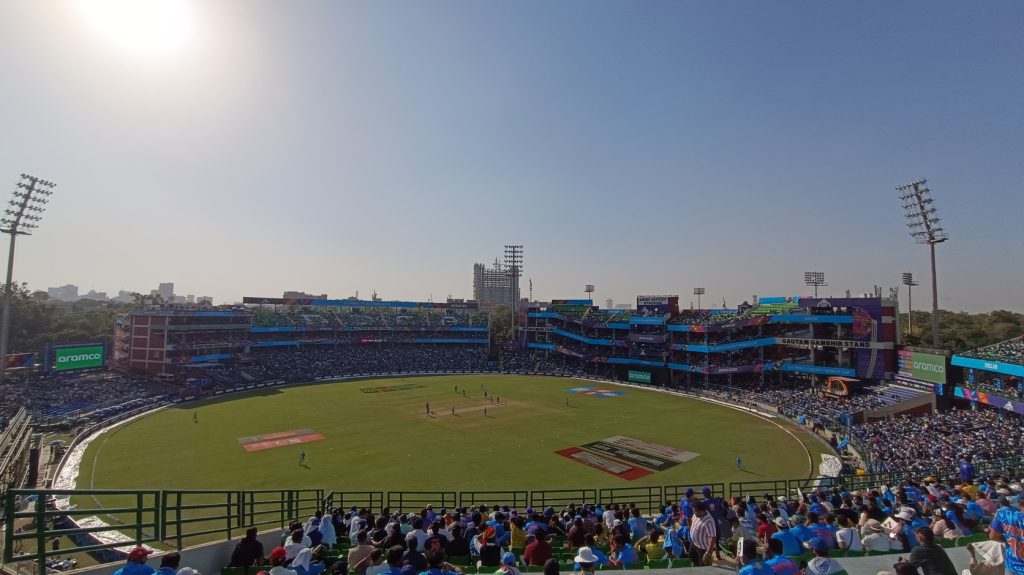
10. Green Park Stadium, Kanpur
Indian: The Green Park Stadium in Kanpur, with its boundary length ranging from 55-60 meters, is another example of a ground where aggressive batsmanship often leads to high scores. Its location and atmosphere make it a fan favorite.
Factors Influencing Boundary Lengths
The length of the boundary is not determined arbitrarily; several factors come into play in deciding the boundary size for a particular stadium.
- Ground Shape: Some stadiums have oval-shaped fields, while others are more circular. The shape of the ground can directly influence the distance of the boundary. Oval-shaped grounds generally have varying distances depending on the side of the field.
- Stadium Size: The overall size of the stadium is another factor. Larger stadiums typically have longer boundary lengths, as seen in the Narendra Modi Stadium. Smaller venues often feature shorter boundaries to make the game more spectator-friendly and engaging.
- Pitch Location: The central position of the pitch and the way the ground is laid out can also affect the boundary length. In some cases, the boundary will be closer on one side than the other, resulting in an asymmetrical ground shape.
- Audience Experience: Shorter boundaries can make the game more entertaining for fans, especially in formats like T20 cricket, where boundaries are key to the excitement. Stadiums like Wankhede and Chidambaram often have shorter boundaries on one or both sides to encourage aggressive batting.
- Weather Conditions: In some cases, the altitude of the ground and weather conditions such as humidity, wind speed, and air pressure can influence the distances. Grounds at higher altitudes, like Chinnaswamy Stadium in Bangalore, tend to have shorter boundary distances due to the thinner air, which allows the ball to travel further.

Indian: Significance of Boundary Length
Indian: Boundary length plays a significant role in various aspects of the game. It impacts the following areas:
- Batting Strategy: Shorter boundaries often encourage batsmen to play more aggressively, trying to clear the ropes. Conversely, longer boundaries can require batsmen to focus on placement and timing.
- Fielding Strategy: Fielders placed near the boundary need to adjust their positions according to the boundary length. In areas with shorter boundaries, fielders may need to stay deeper to cut off boundaries, while in areas with longer boundaries, they may play a more conventional role.
- Match Outcomes: The boundary length influences the overall scoring pattern of a match. In high-scoring games, such as T20s, shorter boundaries often result in larger totals, while longer boundaries can sometimes result in more controlled, strategic gameplay.
Indian: Boundary lengths in Indian cricket grounds vary widely and are a crucial aspect of the playing conditions. From the massive Narendra Modi Stadium in Ahmedabad to the compact Wankhede Stadium in Mumbai, the diversity of boundary sizes creates different challenges for both batsmen and bowlers. Understanding the influence of boundary lengths allows fans, players, and analysts to appreciate the intricacies of the game better, and provides deeper insight into match strategies.

As the game evolves and stadiums continue to host international tournaments, boundary lengths will remain a central topic of discussion, impacting how the game is played and enjoyed across India and the world.



